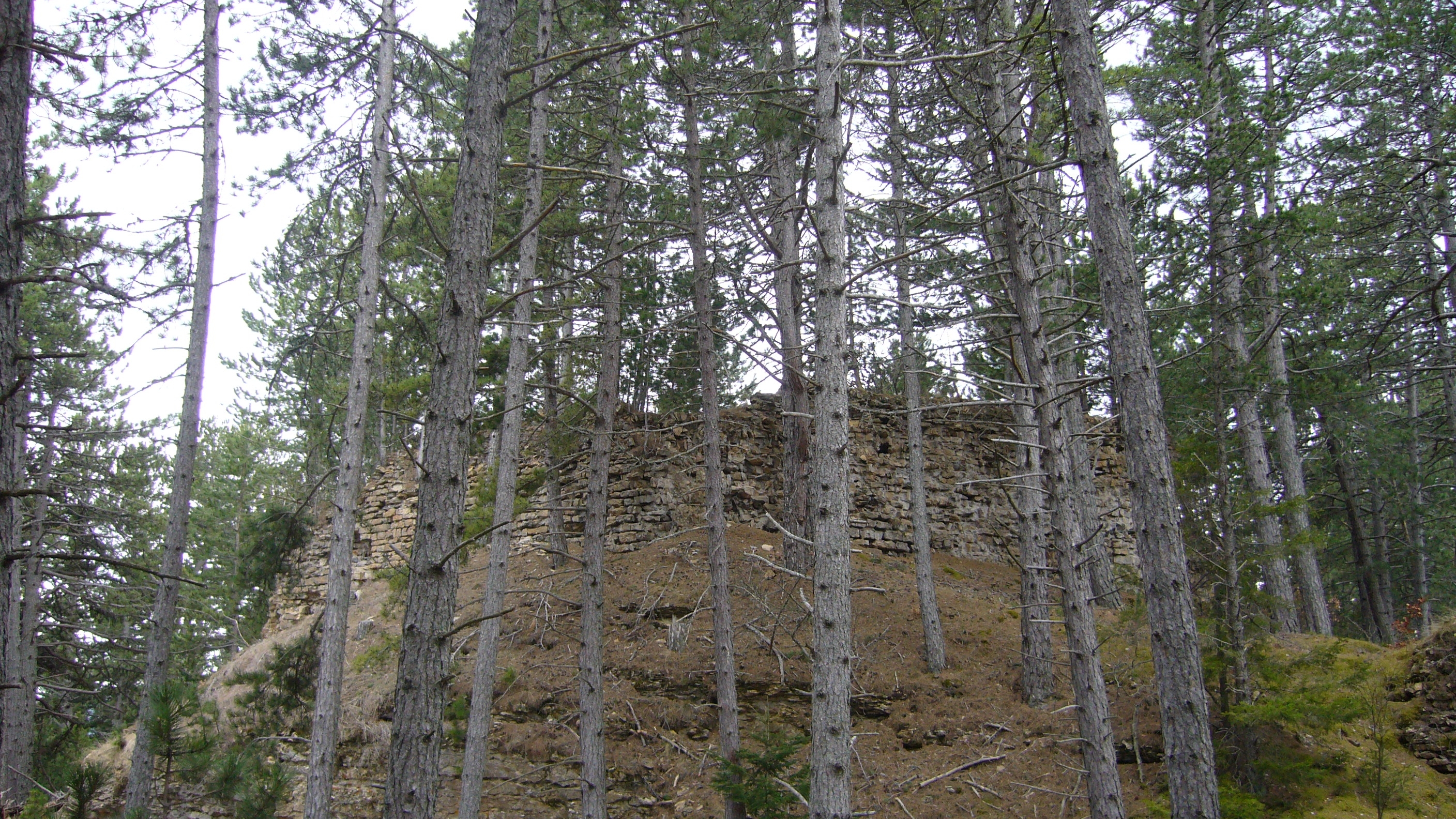Iseut de Capio on:
[Wikipedia]
[Google]
[Amazon]
N'Iseut de Capio"N'", contraction of "Na", is an  Iseut's origins are a matter of conjecture. What can be said with certainty is that she was from the ''castrum''
Iseut's origins are a matter of conjecture. What can be said with certainty is that she was from the ''castrum'' /nowiki>castle.html" ;"title="castle.html" ;"title="/nowiki>castle">/nowiki>castle">castle.html" ;"title="/nowiki>castle">/nowiki>castle/nowiki> ''de Capione'', medieval Occitan ''Capio'' or ''Capion'', identified with either modern Chapieu or Chapelins. The castle stood atop the Mont Mimat above the river Mende. She may have belonged to the family of the lords of Tournel, one of the eight baronies of Gévaudan, and the one in which Chapieu lay. Tournel belonged to the
Occitan Occitan may refer to:
* Something of, from, or related to the Occitania territory in parts of France, Italy, Monaco and Spain.
* Something of, from, or related to the Occitania administrative region of France.
* Occitan language
Occitan (; o ...
honorific meaning "Lady". Her first name, sometimes spelled ''Iseuz'', is the Occitan form of Isolde. (born ''c''. 1140) was a noblewoman and trobairitz
The ''trobairitz'' () were Occitan female troubadours of the 12th and 13th centuries, active from around 1170 to approximately 1260. ''Trobairitz'' is both singular and plural.
The word ''trobairitz'' is first attested in the 13th-century roma ...
from Gévaudan
Gévaudan (; oc, Gavaudan, Gevaudan) is a historical area of France in Lozère ''département''. It took its name from the Gabali, a Gallic tribe subordinate to the Arverni.
History
After the conquest of Gaul, the Romans preserved the cap ...
. She was a neighbour and contemporary of the trobairitz Almucs de Castelnau
Almucs de Castelnau or Castelnou (c. 1140 – pre-1184) was a trobairitz (a female troubadour) from a town near Avignon in Provence. Her name is also spelled ''Almuc'', ''Amucs'', ''Almois'', ''Almurs'', or ''Almirs''.
Almucs' only surviving work ...
, with whom she shared the composition of a ''tenso
A ''tenso'' (; french: tençon) is a style of troubadour song. It takes the form of a debate in which each voice defends a position; common topics relate to love or ethics. Usually, the tenso is written by two different poets, but several examples ...
''. It is her only surviving piece of work.
 Iseut's origins are a matter of conjecture. What can be said with certainty is that she was from the ''castrum''
Iseut's origins are a matter of conjecture. What can be said with certainty is that she was from the ''castrum'' Diocese of Mende
The Roman Catholic Diocese of Mende (Latin: ''Dioecoesis Mimatensis''; French: ''Diocèse de Mende'') is a diocese of the Latin Rite of the Roman Catholic Church in France. The diocese covers the department of Lozère.
The diocese was already in ...
and only on the death of Bishop Aldebert (III) de Tournel in 1187 did it return to the family of Chapieu. Since the family adopted the exclusive use of the Tournel surname around 1250, Iseut's ''floruit
''Floruit'' (; abbreviated fl. or occasionally flor.; from Latin for "they flourished") denotes a date or period during which a person was known to have been alive or active. In English, the unabbreviated word may also be used as a noun indicatin ...
'' is sometimes placed between those dates.
There is a long ''razo
A ''razo'' (, literally "cause", "reason") was a short piece of Occitan prose detailing the circumstances of a troubadour composition. A ''razo'' normally introduced an individual poem, acting as a prose preface and explanation; it might, however ...
'' (explanatory gloss) preceding the exchange of stanzas (''coblas
A ''cobla esparsa'' ( literally meaning "scattered stanza") in Old Occitan is the name used for a single-stanza poem in troubadour poetry. They constitute about 15% of the troubadour output, and they are the dominant form among late (after 1220) au ...
'') between Iseut and Almucs. It tells how Iseut begged Almucs to pardon Gigo (Gui), lord of Tournon (Tornon) in the Vivarais
Vivarais (; oc, Vivarés; la, Vivariensis provincia{{cite web , url=http://www.columbia.edu/acis/ets/Graesse/orblatv.html , title = ORBIS LATINUS - Letter V) is a traditional region in the south-east of France, covering the ''département'' of ...
. Gigo was Iseut's knight, but had committed "a great fault" against Almucs. Since he neither repented nor sought forgiveness, Almucs responded to Iseut's request in a ''cobla'' of her own. This exchange has been dated to around 1190.
Notes
Sources
*Bogin, Meg. ''The Women Troubadours''. Scarborough: Paddington, 1976. . *Bruckner, Matilda Tomaryn; Shepard, Laurie; and White, Sarah. ''Songs of the Women Troubadours''. New York: Garland Publishing, 1995. . {{DEFAULTSORT:Iseut De Capio 1140s births Trobairitz 12th-century French troubadours People from Lozère 12th-century French women writers 12th-century women composers Medieval women poets